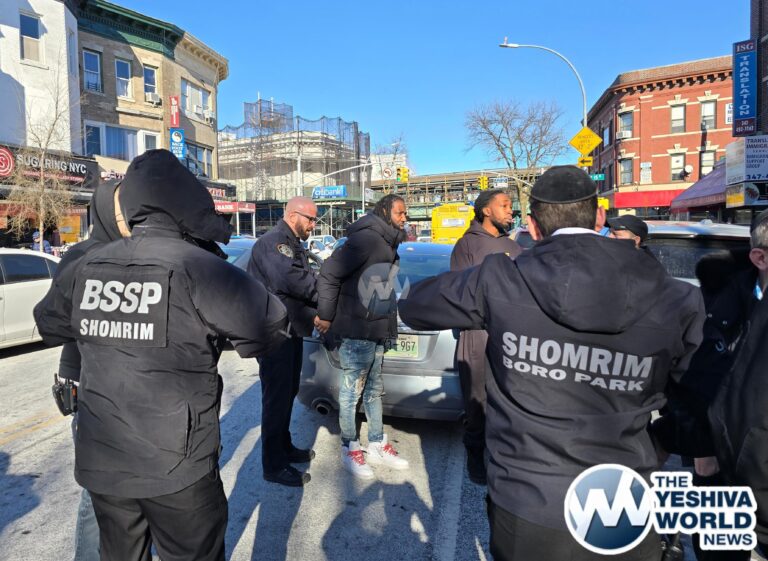 Anyone who has stood in confusion in the light-bulb aisle (and that’s most of us) knows that technology and the push to save energy are continuing to flip the script on home lighting options.
Anyone who has stood in confusion in the light-bulb aisle (and that’s most of us) knows that technology and the push to save energy are continuing to flip the script on home lighting options.
The good news is the new bulbs are much more efficient than old-school incandescents, and give designers the freedom to move beyond the standard bulb-lamp-fixture configuration.
“The new types of light bulbs, LED in particular, let light-fixture designers create all kinds of lighting designs and fixture designs that they could never create before,” says Karman Hotchkiss, executive editor of Decor magazine. “There are a lot of new shapes out there. There are a lot of really artistic interpretations of lighting, things like sparkle and effects that designers couldn’t create with old-fashioned incandescent bulbs.”
A primer on the latest in a changing technology:
———
TERMS
For consumers, the big switch has been letting go of the concept of wattage, which is associated with brightness but actually measures energy use. Today’s bulb brightness is measured in lumens. Old incandescent bulbs needed about 60 watts to produce 800 lumens. Compact fluorescents (CFLs) use around 15 watts to get to the same brightness, and LED (light-emitting diode) bulbs require only about 10 watts to get to 800 lumens.
Another major change is use of the color temperature scale based on heat, as measured in Kelvins, not Celsius or Fahrenheit degrees. The higher the heat, the cooler the color — which makes sense if you’ve ever looked at a flame and seen the blue at the hot center.
While we typically don’t think in Kelvins, this is a more precise way to define the relative whiteness of a light source, says Joe Rey-Barreau, a Kentucky architect and lighting designer who serves as an educational consultant to the American Lighting Association.
If you see a bulb marked “daylight,” you may be thinking about a warm afternoon light when the manufacturer means the much cooler color of the sky. A point of reference: The warm, orange light of the old incandescents burned at about 2,700K.
———
PACKAGING
Manufacturers are still printing wattage-equivalent numbers on packaging for reference, and on the back you’ll now find a required “Lighting Facts” information box — modeled after nutritional labels — listing lumens, estimated yearly energy cost, life span, light appearance and energy used.
Incandescent bulbs, by the way, haven’t been banned. Manufacturers had to change the gas used inside them and make them more efficient. So, the old 100-watters are available as 72 watts; the 75-watt bulb is 52 watts.
———
LEDs
The trending technology is the LED.
Introduced in the ’60s, these bulbs used to be low-intensity and limited to red light. But recent developments have allowed for bright LEDs. The LEDs of the early 21st century tended to have a bluish cast, but LEDs now are available in a wide spectrum of colors.
Because LEDs use solid-state chip technology, they can be made very small and in various configurations. For instance, there are easily installed under-cabinet strip-lighting options, as well as lights for the kick-toe space near the floor, says Hotchkiss.
Tiny LEDs can be embedded into a fixture, such as a lamp itself, instead of the lamp having a holder for the bulb. There are even LEDs that resemble old-fashioned light bulbs with a visible “filament.”
LEDs cost more than conventional bulbs but last longer and use less energy, and prices are dropping, says Rey-Barreau.
For now, it’s mostly lighting designers who are experimenting with the more extreme lighting possibilities of LEDs, such as installations that change color. But there are fun options for homeowners, too, Hotchkiss notes. GE, for instance, has a C-Life bulb that is Bluetooth-enabled and can be dimmed or turned off via a phone app.
(AP)











One Response
One use of an LED is to keep a light on in your frig 24/7 even when the door is closed, so that you don’t have to worry about opening the door on Shabbos. If you replace the regular bulb with a low-intensity LED bulb, and then figure out how to disable the switch that turns on the bulb when you open the door, you will have created a fail-safe shabbos frig light. Don’t know how well this would work on an electronically controlled frig, but on the older ones, there is a switch or button that gets pushed when you close the door, thereby turning off the light. Thus, if you disable the switch (in our frig it involved carefully pulling off the panel and then extricating the switch without cutting the wires – the switch is now happily taped on the top of the frig in a way that it won’t get bumped by mistake). This will not work with an incandescent or CFL bulb, as they will heat up the refrigerator by staying on with the door closed. We’ve tried this for about 6 months now, and don’t notice any damage or appreciable heat increase in the frig (we use a thermometer to ensure it stays at the right temp). Suggest that you tape a label or sign both on the door and inside shelf of the frig saying that the light stays on and you can close the door on Shabbos – otherwise you can find a pretty befuddled guest who has opened the door for a late night snack and then didn’t know what to do about closing it!